

CocoDiethanolamide (CDEA)
$85,000.00 Original price was: $85,000.00.$84,000.00Current price is: $84,000.00.
CocoDiethanolamide (CDEA), also known as cocodiethanolamide, is a type of non-ionic surfactant derived from coconut oil. It is commonly used as a foaming agent, emulsifier, and viscosity builder in various personal care and household cleaning products, such as shampoos, bath gels, liquid soaps, and detergents. CDEA is valued for its ability to enhance the performance of other ingredients in a formula, as well as its mildness on the skin and hair
CocoDiethanolamide (CDEA) Uses
Primary Uses of Coco Diethanolamide (CDEA)
1. Cosmetics & Personal Care
- Foam Booster & Stabilizer:
- Enhances lather in shampoos, body washes, and liquid soaps.
- Makes foam denser and longer-lasting.
- Thickening Agent:
- Increases viscosity in shower gels, hand soaps, and bubble baths.
- Emulsifier:
- Helps blend oil and water in lotions and creams.
- Conditioning Agent:
- Adds smoothness to hair in conditioners and shampoos.
Common Products:
✔ Shampoos
✔ Liquid hand soaps
✔ Bubble baths
✔ Shaving creams
2. Household & Industrial Cleaners
- Surfactant in Detergents:
- Improves grease-cutting ability in dishwashing liquids, floor cleaners, and degreasers.
- Stabilizes Foam in Car Wash Solutions.
3. Textile & Leather Processing
- Wetting Agent: Helps in dye penetration.
- Softener: Used in fabric conditioners.
Secondary Uses of Coco Diethanolamide (CDEA)
1. Agricultural Applications
- Adjuvant in Pesticides: Helps spread sprays evenly on plants.
2. Metalworking & Lubricants
- Emulsifier in Cutting Fluids.
3. Paints & Coatings
- Dispersing Agent: Helps stabilize pigments.
4. Paper & Pulp Industry
- Defoamer & Processing Aid.
| CONCENTRATION |
86% |
|---|
1. Basic Identification Attributes
- Chemical Name (IUPAC):N,N-Bis(2-hydroxyethyl)coco fatty acid amide
- Common/Trade Names:CDEA, Cocamide DEA, Coconut diethanolamide
- CAS Number:[68603-42-9] (for coconut oil derived)
- HS Code:11.00 (Nonionic organic surface-active agents)
- Molecular Formula:C₁₁₋₁₇H₂₃₋₃₅NO₃ (varies by fatty acid chain length)
- Synonyms:Coconut oil diethanolamide condensate, Coco fatty acid diethanolamide
2. Physical & Chemical Properties
- Physical State:Viscous pale yellow liquid to amber paste
- Color & Odor:Light yellow; characteristic mild fatty odor
- Melting Point:30-40°C (86-104°F) (varies with composition)
- Boiling Point:Decomposes before boiling (~250°C/482°F)
- Density:97-1.02 g/cm³ (at 25°C)
- Solubility:
- Water:Dispersible (forms colloidal solutions)
- Organic Solvents:Soluble in ethanol, glycols, chlorinated hydrocarbons
- pH Level:0-10.5 (1% solution)
- Vapor Pressure:Negligible (non-volatile)
- Flash Point:>150°C (>302°F) (non-flammable)
- Viscosity:500-1000 cP (at 40°C)
- Critical Micelle Concentration (CMC):1-0.5 g/L
3. Safety & Hazard Attributes
- Hazard Class (GHS):
- Skin Irritation (Category 2)
- Eye Damage (Category 1)
- Suspected of causing cancer (Category 2)*
- NFPA Ratings:
- Health:2
- Flammability:1
- Reactivity:0
- Exposure Limits:
- ACGIH TLV:Not established (handle as irritant)
- OSHA PEL:Not regulated (control dust/mist)
- Reactivity:
- Stable under normal conditions
- Avoid strong oxidizers, acids
*Note: IARC class 2B based on nitrosamine contamination potential
4. Storage & Handling Attributes
- Storage Conditions:
- Store at 15-30°C in original containers
- Protect from moisture and freezing
- Keep away from nitric acid (nitrosamine formation risk)
- Incompatible Materials:Strong oxidizers, acids
- Container Type:HDPE or stainless steel containers
- Shelf Life:24 months when properly stored
- Handling Requirements:
- Wear nitrile gloves and safety goggles
- Use local exhaust ventilation if heated
- Avoid aerosol formation
5. Regulatory & Compliance Attributes
- Regulatory Status:
- FDA:21 CFR 175.105 (indirect food additives)
- REACH:Registered with restrictions (EU)
- California Prop 65:Listed (nitrosamine concerns)
- Hazard Symbols:
- GHS05 (Corrosion)
- GHS08 (Health hazard)
- Transportation Restrictions:Not classified as dangerous goods
- Waste Disposal:
- Incinerate at licensed facility
- Not RCRA hazardous when pure
6. Environmental & Health Impact
- Ecotoxicity:
- LC50 (fish): 10-100 mg/L (moderately toxic)
- EC50 (daphnia): 5-50 mg/L
- Persistence:
- Readily biodegradable (OECD 301: >70% in 28 days)
- Not considered bioaccumulative
- Carcinogenicity:
- IARC Group 2B (possibly carcinogenic to humans)
- NTP: Reasonably anticipated carcinogen
- Biodegradability:
- Primary degradation: >90% in 21 days
- Ultimate degradation: 70-90% in 28 days
Personal Protective Equipment (PPE)
- Gloves:Wear nitrile or neoprene gloves to prevent prolonged skin contact.
- Eye Protection:Use safety goggles or a face shield to avoid splashes.
- Respiratory Protection:If handling powder or mist, use a dust mask (NIOSH N95) in poorly ventilated areas.
- Protective Clothing:Wear a lab coat or apron to minimize skin exposure.
Handling & Storage
- Ventilation:Ensure good airflow to avoid inhalation of mists or dust.
- Avoid Contamination:Keep away from strong acids, oxidizers, and reactive chemicals.
- Storage:Store in a cool, dry place in tightly sealed containers away from direct sunlight.
Inhalation (Mist/Dust)
- Move to fresh air immediately.
- If breathing difficulties occur, seek medical attention.
Skin Contact
- Wash thoroughly with soap and water.
- If irritation or redness develops, apply a moisturizerand seek medical advice if needed.
Eye Contact
- Rinse immediately with lukewarm water for at least 15 minutes, holding eyelids open.
- Seek medical attentionif irritation persists.
Ingestion
- Rinse mouth with water.
- Do NOT induce vomiting.Drink water or milk to dilute.
- If discomfort occurs, seek medical help.
Flammability
- Combustible but not highly flammable(may burn if heated).
- Emits toxic fumes (NOx, CO, CO₂)when decomposing at high temperatures.
Extinguishing Media
- Water spray, foam, dry chemical (ABC), or CO₂.
- Avoid water jets(may spread molten material if heated).
Firefighting Precautions
- Wear self-contained breathing apparatus (SCBA)if toxic fumes are present.
- Cool containers exposed to fire with water spray.
Spill & Leak Response
- Small spills:Absorb with inert material (sand, vermiculite, clay) and dispose of properly.
- Large spills:Contain with barriers and collect for disposal.
- Avoid washing into drains(environmental hazard).


 Emollients
Emollients Humectants
Humectants UV Filters
UV Filters Surfactants (cosmetic)
Surfactants (cosmetic) Preservatives (cosmetic)
Preservatives (cosmetic) Fragrances and Essential Oils
Fragrances and Essential Oils Antioxidants (cosmetics)
Antioxidants (cosmetics)
 Solvents (lab)
Solvents (lab) Chromatography Chemicals
Chromatography Chemicals Microbiology and Cell Culture Reagents
Microbiology and Cell Culture Reagents Biochemical Reagents
Biochemical Reagents Inorganic and Organic Standards
Inorganic and Organic Standards LABORATORY EQUIPMENT & APPARATUS
LABORATORY EQUIPMENT & APPARATUS Spectroscopy Reagents
Spectroscopy Reagents Molecular Biology Reagents
Molecular Biology Reagents
 Precious Metal Extraction Agents
Precious Metal Extraction Agents
 Plasticizers
Plasticizers Polymerization Initiators
Polymerization Initiators Stabilizers
Stabilizers Monomers
Monomers Fillers and Reinforcements
Fillers and Reinforcements Antioxidants (plastics)
Antioxidants (plastics) Colorants (plastic pigments,Dyes)
Colorants (plastic pigments,Dyes)
 Fertilizers
Fertilizers Plant Growth Regulators
Plant Growth Regulators Soil Conditioners
Soil Conditioners Animal Feed Additives
Animal Feed Additives Biostimulants
Biostimulants
 Dough Conditioners
Dough Conditioners Flour Treatments
Flour Treatments Fat Replacers
Fat Replacers Preservatives (baking)
Preservatives (baking)
 Surfactants (cleaning)
Surfactants (cleaning) Builders
Builders Bleaching Agents
Bleaching Agents Enzymes
Enzymes Solvents (cleaning)
Solvents (cleaning) Fragrances
Fragrances Disinfectant
Disinfectant Metal cleaning
Metal cleaning
 Binders/Resins
Binders/Resins Pigments
Pigments Solvents (paint)
Solvents (paint) Additives
Additives Driers
Driers Anti-Corrosion Agents
Anti-Corrosion Agents Specialty Coatings
Specialty Coatings Functional Coatings
Functional Coatings Application-Specific Coatings
Application-Specific Coatings
 Sealants and Adhesives
Sealants and Adhesives
 Biodegradable Surfactants
Biodegradable Surfactants Bio-based Solvents
Bio-based Solvents Renewable Polymers
Renewable Polymers Carbon Capture Chemicals
Carbon Capture Chemicals Wastewater Treatment Chemicals
Wastewater Treatment Chemicals
 Preservatives (food)
Preservatives (food) Flavor Enhancers
Flavor Enhancers Acidulants
Acidulants Sweeteners
Sweeteners Emulsifiers
Emulsifiers Antioxidants (food)
Antioxidants (food) Colorants (food)
Colorants (food) Nutrient Supplements
Nutrient Supplements Nutraceutical Ingredients
Nutraceutical Ingredients
 Fresh Herbs
Fresh Herbs Whole Spices
Whole Spices Ground Spices
Ground Spices Spice Blends
Spice Blends
 Surfactants(oil)
Surfactants(oil)
 Antibiotics
Antibiotics Active Pharmaceutical Ingredients
Active Pharmaceutical Ingredients Excipients
Excipients Vaccine Adjuvants
Vaccine Adjuvants Nutraceutical Ingredients
Nutraceutical Ingredients Solvents (pharmaceutical)
Solvents (pharmaceutical)
 Automotive chemicals
Automotive chemicals Pyrotechnic Chemicals
Pyrotechnic Chemicals


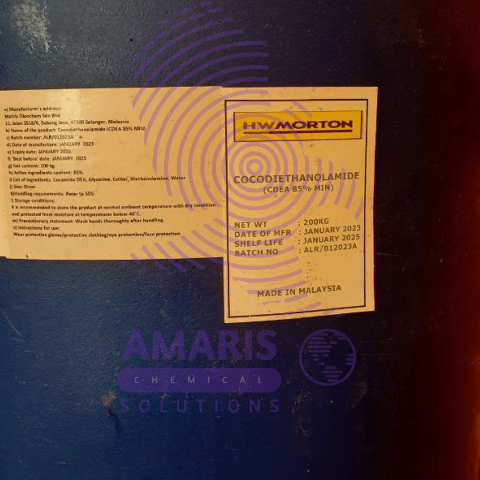
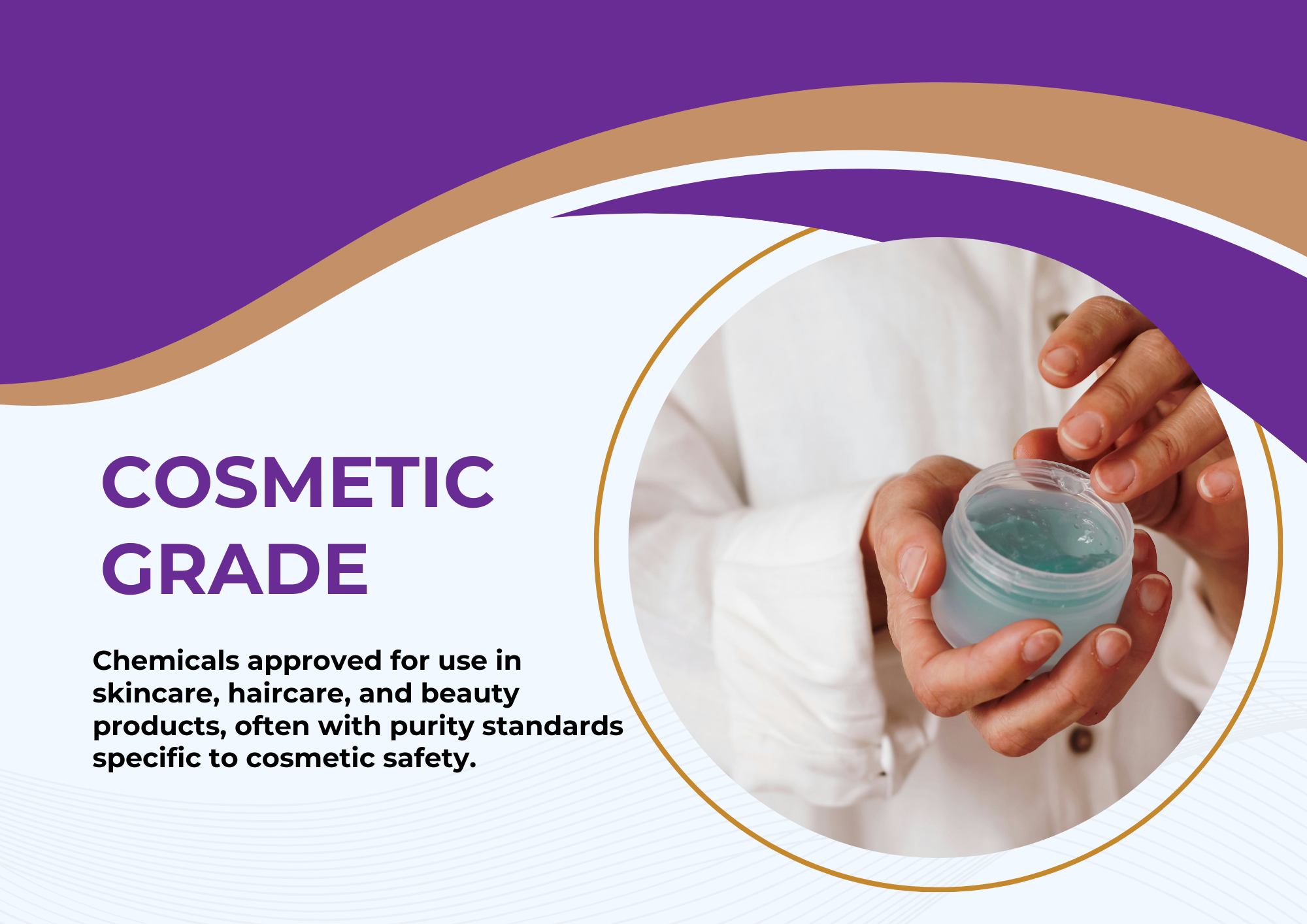

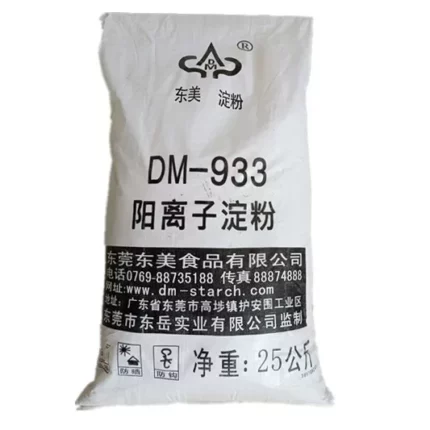





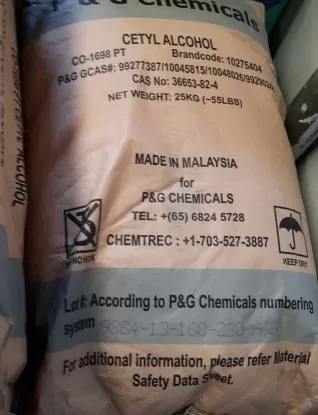
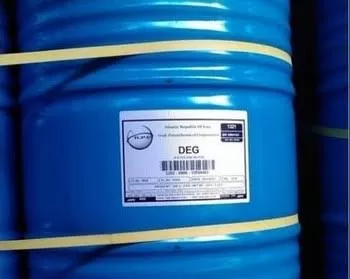
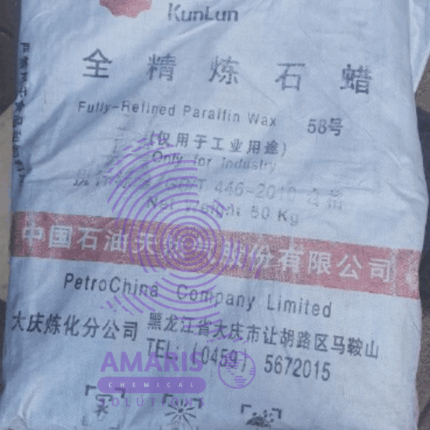
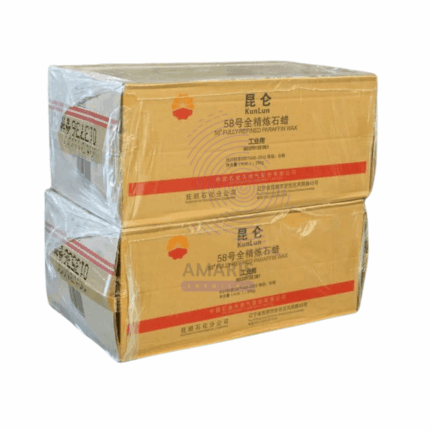
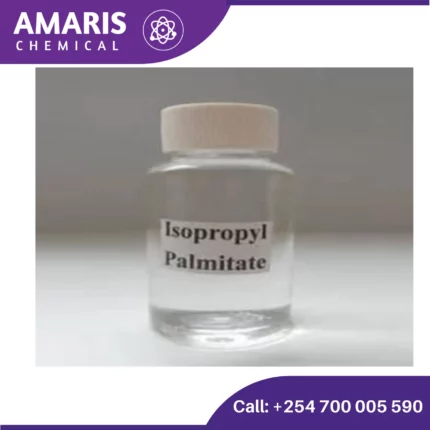













Reviews
There are no reviews yet.